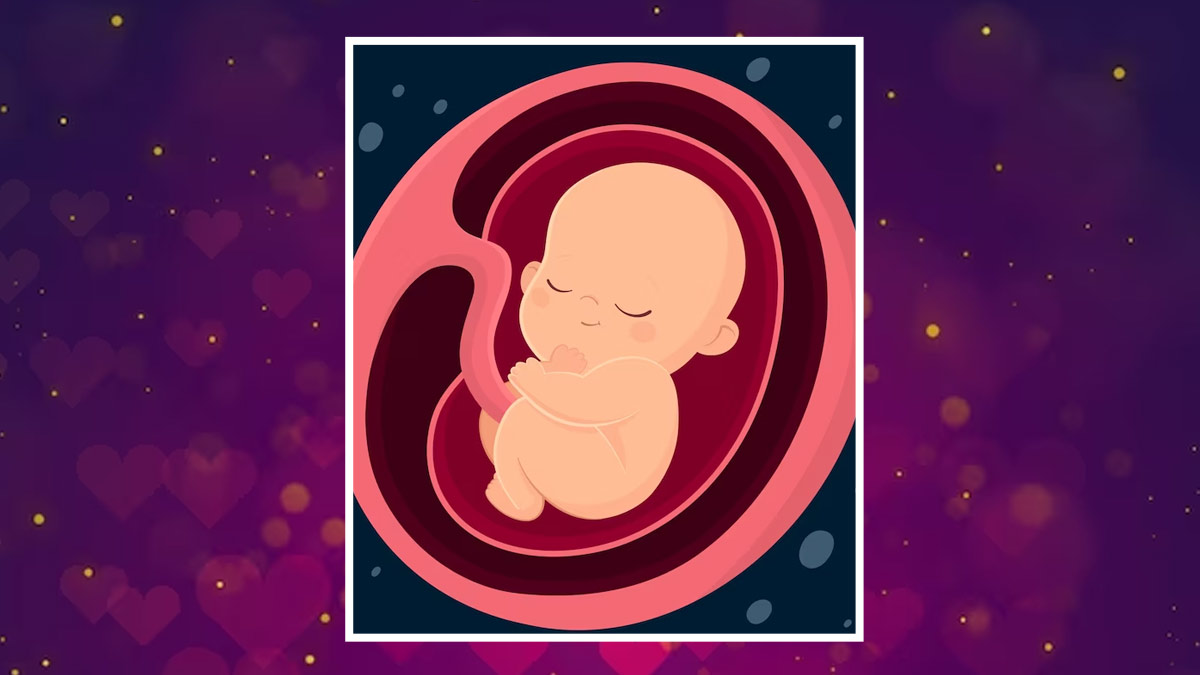
As a mother-to-be approaches her due date, she will be able to feel her baby moving in the uterus. Usually, the baby moves out of the womb with the head coming out first. However, during your pregnancy, it is normal for your baby to move around and shift their position.
Table of Content:-
When a baby is positioned with their feet or bottom facing downwards in the womb, it is called a breech presentation. It is perfectly safe for your baby to be in this position. “Breech presentation is more common in early pregnancy, affecting 20 - 25% of singleton pregnancies at 28 weeks. As the baby develops to full-term, the chances will be reduced to 3-5%,” said LAYLA RUMBLE, Head, Midwifery Services, Fernandez Foundation.
Also read: Baby Oil Massage In Winter: Expert Lists Oils That Can Promote Kid's Health In Colder Months
Why does this happen?
There are several reasons why babies might not be able to shift into the vertical, head-down position. The presence of too much or too little amniotic fluid in the womb, the position of the placenta, the shape of the womb affected by fibroids, or babies just choosing to lie this way.

How to find out?
“If you have had previous pregnancies which occurred in a breech position, you may feel your kicks and bumps in different areas. Discuss these movements with your healthcare provider, who will examine your belly, or you may be offered an ultrasound to confirm your baby’s position. The likelihood of your baby moving into a head-down position reduces as you reach 36 weeks,” said Rumble.
What are your options with a breech baby?
Firstly, there are self-help measures such as exercises and positions which you can practice daily to encourage your baby to turn. A qualified healthcare professional can teach these to maintain your and your baby's safety. The healthcare professional may also offer you a procedure known as an External Cephalic Version (ECV). During this, an obstetrician will apply pressure on the outer part of your belly to bring your baby’s head down. Although this is a safe procedure, it can be uncomfortable with a 50% success rate. If the EVC is not successful or you cannot be offered one, there are still other options and choices for the birth of your baby.

Breech babies can be born vaginally or through a C-section. This depends on the breech position of your baby, your baby's well-being, and the accessibility to a skilled healthcare professional in vaginal breech birth. The decision should be taken in collaboration with your healthcare professional who will advise you and will clarify your queries.
A planned vaginal birth does increase the chance of a low Apgar score, which assesses the health of your baby within the first 10 minutes of birth. However, no evidence suggests any long-term problems. Compared to a planned C-section, a vaginal birth is shown to be safer for your baby and holds a slightly higher risk for you.
Don’t worry!
Once your baby is born through either a vaginal birth or C-section, they can keep their legs raised. This is due to the breech position in which your baby was lying in your womb. It is a completely normal scenario and will eventually rectify itself. Normally, a full complete examination of your baby, including hip scans, is carried out to rule out any problems.
Also read: Is Your Baby Dealing With Constipation? Try These Home Remedies
Hence, enjoy your baby's movements and prepare for the little one’s arrival. Even if your baby decides to go into a breech position, remember that there are plenty of safe options available to you.
Also watch this video
How we keep this article up to date:
We work with experts and keep a close eye on the latest in health and wellness. Whenever there is a new research or helpful information, we update our articles with accurate and useful advice.
Current Version